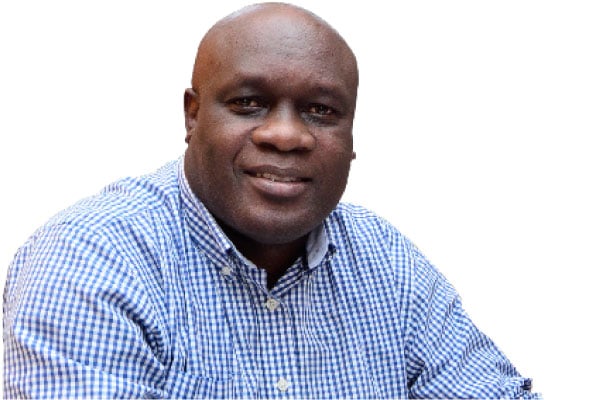Future of printed news may be in a little audio

Odoobo C. Bichachi
What you need to know:
...to beat the digital disruption the media industry is facing, it must disrupt its old ways of doing journalism.
Two things happened to me this week. First I shared an electrifying Daily Nation investigative story on how the attack on ex-president Uhuru Kenyatta’s farm was planned during the Raila Odinga-led demonstrations in Kenya earlier in the week to a political social media group I belong.
A lively debate ensued from a handful of members. I was, however, taken aback when a member responded that the story was too long to read! (See: “Revealed: How attack on Kenyatta’s farm was planned and executed” – Daily Nation, March 29).
How many others thought like him? Likely many more!
Second, I chanced on an article in the American Press Institute e-mail newsletter that regularly comes to my inbox. It was written by David Tvrdon in The Fix, titled; “Why turning newsletters into podcasts and podcasts into newsletters is a great strategy for publishers”.
These two incidents, if I may refer to them so, spoke first to the dilemma facing print media: how to get readers to buy and read them. Newsrooms have single-mindedly focused on creating compelling content as the solution to this dilemma. It works for some people, not others.
But what does one do to win people that think a well investigated expose on an important and trending news subject is too long to read or there is just no time to read it?
The second “incident” perhaps spoke to that question and pointed to a possible solution – audio versions of text stories.
According to David Tvrdon, three reasons justice going a little audio for print media: “[to]…continue building an existing brand; utilise basic SEO (Search Engine Optimization) tactics of repackaging and republishing; give more reasons to the audience for content consumption and deepening a relationship.”
Danish online-only outlet Zetland found this out a few years earlier; they upload their stories in both text and audiovisual formats, with the reporter reading out a summary of the story themselves.
This has several advantages for the consumer most notably that one can “read” a story as they are driving by simply listening to the narration of the reporter without first having to sit down and scrolling their mobile phone. It also builds a “personal” relationship and trust between audiences and the journalists.
Why then isn’t every publisher doing it? Because this amounts to extra work!
This is how Tvrdon captures that aspect: “One rationale I can think of is that even though it is just a little bit extra work to expand from newsletter to podcast or vice versa, it is still extra work and there isn’t simply anyone who could do it. My usual response to this is ‘stop doing something else you are doing and is not working’.”
There are many things that are not working in the legacy media newsrooms today because of changes in end-user technology, readership mindset, audience demographics, etc. Yet we continue doing them as a routine because that is how things have always been.
It might therefore be pertinent for print editors to think outside the box. One way is to consider creating short audio-visual versions of their big stories and vice versa. The days of thinking “we are a newspaper” or “we are a TV station”) are over. We are multimedia content creators chasing a dynamic moving target (read audience).
It is therefore not just about the content anymore! It is also about how that content is packaged and distributed. Thankfully, today there are many tools and platforms to enable journalists to do this with less fuss.
So should we or shouldn’t we walk this way? My final quotes from Tvrdon say it best:
“Even though with podcasts publishers don’t get the same clear funnel view of listeners, expanding a newsletter into a podcast is nowadays logical, and research tells us they drive loyalty by building a habit.
Consider this – the more habit building touch-points there are between a publisher or an outlet and a subscriber, the longer he or she stays subscribed. If it is a reader or listener, being subscribed to the newsletter and podcast at the same time makes them more likely to become a paying subscriber.”
In short, to beat the digital disruption the media industry is facing, it must disrupt its old ways of doing journalism. Only then will it catch audiences whose lifestyle and media consumption habits have already been disrupted!
Send your feedback/complaints to [email protected] or call/text on +256 776 500725.


